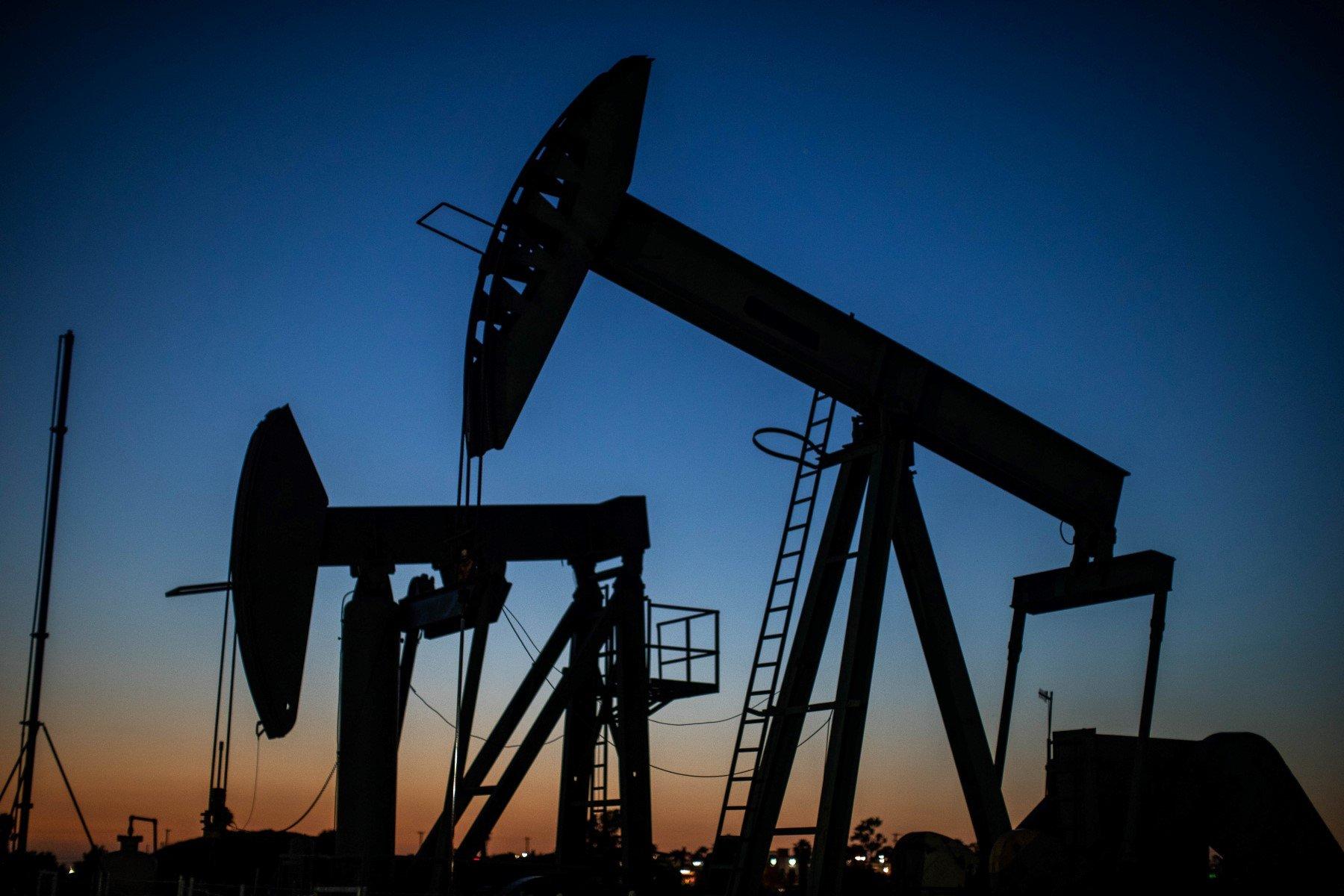Economists see minimal impact for Malaysia from surging oil prices
While oil revenue increases, the cost of subsidies will also go up as the government is currently subsidising RON95 and diesel.
Just In
Economists have played down any major effect on Malaysia from the surging oil prices, as Brent crossed US$100 per barrel on Thursday – the highest in eight years following Russia’s military attacks on Ukraine.
Concerns have been voiced over high oil prices which cast a shadow over the global economic outlook and drive up inflation.
This is in addition to possible disruptions in the supply chain as the conflict in eastern Europe escalates in the wake of Russian President Vladimir Putin’s “special operation” in Ukraine.
Economist Geoffrey Williams however said it was unlikely that oil prices would hold at the present price mark.
“There could be around RM1 billion per month in extra revenue since April 2020 on average but this is being used for subsidies and has been eaten away in Covid-19 costs, so we are not seeing too much benefit from this.
“Fortunately, Malaysia has this buffer,” he said to MalaysiaNow. “Without oil royalties for the government, the impact would be very bad.”
Williams, of the Malaysia University of Science and Technology, was referring to the oil price rally from US$20 per barrel two years ago to its present levels.
Citing an estimate from the Asean+3 Macroeconomic Research Office, he said every US$1 increase in oil price adds RM646 million to Malaysian gross domestic product (GDP) and RM339 million to government revenue.
Overall, the US$75 jump from April 2020 to now may have added RM48.5 billion to GDP and RM25.4 billion to government revenue over the span of 22 months. The government is also concurrently giving blanket subsidies for RON95 petrol and diesel.
As of this week, the retail price of RON95 and diesel stood at RM2.05 and RM2.15 per litre respectively. The market price for the commodities is reflected in the price of unsubsidised RON97, which stood at RM3.29 per litre.
According to UOB Research, the cost of fuel subsidies could increase to RM18.6 billion if Brent crude price is on average at the US$90 price mark this year.
Bank Islam chief economist Mohd Afzanizam said the big picture was the current tension in eastern Europe, which could cause volatility in the financial market.
“Bursa will be in the red as the stock market does not like uncertainty,” he said.
“The main issue at hand is the possibility of war, and, if that happens, who are the great powers that will be involved, and how long that war would last.”
Williams meanwhile said that while higher oil prices would lead to inflation, this effect had largely passed as the big surge in oil prices was already behind.
“Higher oil prices will affect headline inflation but since we are near peak levels, this effect will not be a repeat of the high inflation we saw in 2021. Inflation without oil and core inflation will be low and stable in 2022.
“In fact, in January 2022, headline inflation fell to 2.3% from 3.2% in December 2021,” he said.
Adilah Zafirah from the IRIS Institute warned of higher input prices across economic sectors, leading to an increase in the price of goods.
“The surge in grain prices will increase the cost of chicken feed, which will increase the cost of poultry. This will certainly add to the burden of the people,” Adilah said.
Russia is the world’s largest exporter of grains while Ukraine has 16% of global corn export. Elsewhere, countries in the Asia Pacific region are bracing for a rise in commodity prices and shortages of oil, gas and metal.
Adilah said the surging oil prices would in turn increase the value of the ringgit, damaging exports.
But Williams said there would not be much effect on exchange rate volatility on trade, adding that trade is in fact picking up and is a key driver of growth.
On any impact on Malaysia of the sanctions imposed against Russia, he said two factors should be taken into consideration.
“First, if the conflict escalates and damages global trade and economic recovery – then this will hold back growth in Malaysia,” he said.
“Second, if sanctions are extended and affect Malaysian financial institutions.”
In the event of the second scenario emerging, he said, a response would be necessary.
“But direct exposure is quite limited in reality,” he added.
Malaysia is a net exporter of crude petroleum and a key oil producer in the Asia Pacific region, exporting more than RM53 billion worth of petroleum in 2020.
In 2019, Malaysia said its oil and gas reserves were expected to be depleted by 2029.
Subscribe to our newsletter
To be updated with all the latest news and analyses daily.
